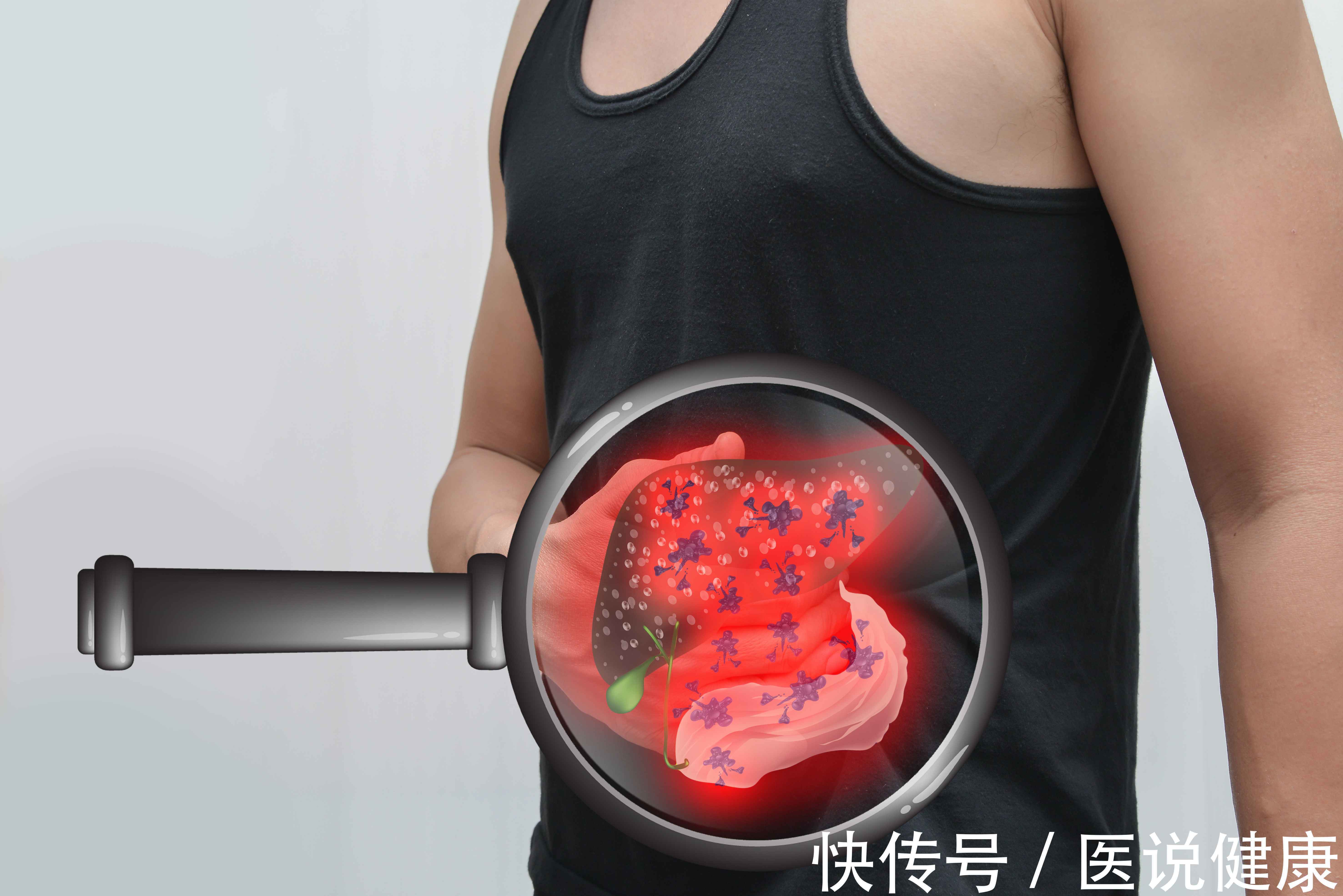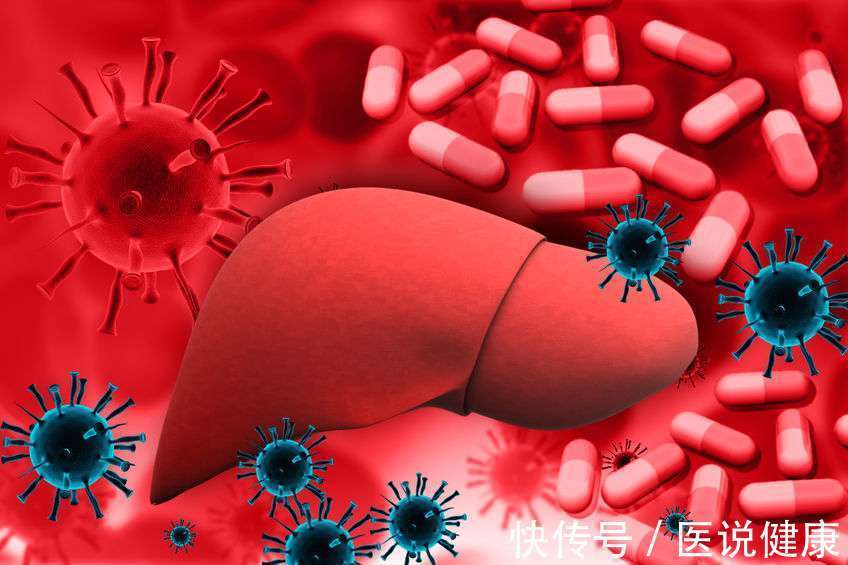March 18 every year is National Liver Love Day.
Once upon a time, my country was once known as the “big country of hepatitis B”, and almost 1 in 10 Chinese people is a carrier of hepatitis B.
However, with the vigorous popularization of hepatitis B vaccine and the publicity of hepatitis B disease in China, my country finally took off the hat of hepatitis B big country in 2020, which was highly praised by WHO.
But in fact, in addition to hepatitis B, there are many brothers and sisters with hepatitis B. After all, liver disease is a huge family, and one of them is the boss of liver disease—–hepatitis A.

Hepatitis A, it’s not very common.
Compared with hepatitis B, the big brother of hepatitis A is relatively low-key. The reason why it is called the first hepatitis is because it is highly contagious.
Once infected with hepatitis A virus, patients usually show acute hepatitis attack, such as easy fatigue, decreased appetite, diarrhea, nausea and other symptoms, some patients There will also be jaundice.
When once, due to the high contagiousness of hepatitis A, it even left a painful history in my country:
In 1988, a large-scale hepatitis A epidemic broke out in Shanghai, with 55,000 cases in the city The beds were quickly filled, with a total of 310,746 cases and 31 deaths.

What are the specific clinical manifestations of hepatitis A?
Clinical survey data show that hepatitis A is divided into three stages: incubation period, onset period and recovery period. There are no obvious symptoms in the early incubation period, but in the last 10 days of the incubation period, patients often There will be indigestion, anorexia, food accumulation, jaundice and other symptoms.
The most typical manifestations in the onset stage are fever, stomach cold, nausea, and vomiting, which can be relieved by effective treatment in general.
The recovery period is that with the passage of time, active treatment, and the combined action of autoimmunity and other factors, the liver gradually shrinks and the liver function returns to a normal state.
However, because the liver is not completely healthy and its resistance is relatively weak during this period, it is still necessary to take protective measures to prevent re-infection.

What are the main characteristics of hepatitis A?
From a medical point of view, hepatitis A virus is a picornavirus, and the transmission route includes fecal-oral.
Not only that, hepatitis A is very contagious, and both water and food are the ways to cause hepatitis A to spread.
Hepatitis A virus has a strong ability to reproduce. After entering the human body, it reproduces in the intestinal tract, and then enters the blood to cause viremia. This process lasts about a week. And throughout the period, liver cells will be more severely damaged.
As an acute infectious disease, hepatitis A is mainly transmitted through the digestive tract. The aforementioned outbreaks of hepatitis A in Shanghai in 1983 and 1988 were caused by eating feces-contaminated and undercooked cockles. provoke.

What do we need to do to prevent hepatitis A?
With the deepening of people’s understanding of hepatitis A and the application of hepatitis A vaccine, there are not many patients with hepatitis A virus at present.
In our daily life, what precautions do we need to do:
1. Cut off the transmission route
Hepatitis A has a strong Therefore, we need to cut off the transmission route, especially after heavy rain or rainy season, the patient’s saliva and feces are easy to contaminate the surrounding environment with the rain.
In order to prevent problems before they occur, it is very important to ensure the safety of drinking water.
In addition, if the food has been treated with contaminated water, do not continue to eat it, and finally avoid eating fruits, vegetables and seafood that have not been steamed.

2. Hepatitis A vaccine
As of So far, vaccination is the main measure to prevent hepatitis A from coming to your door.
Especially for susceptible people, it is recommended to go to the hospital to inject the vaccine as soon as possible, and at the same time, it is necessary to know whether the vaccine is effective.

3. Maintain a good living environment
If someone around you is identified as a hepatitis A patient, you must clean the living environment, disinfect the daily necessities, and keep the patient aloneIsolate in a safe place.
If a family member suffers from hepatitis A, it is also necessary to ensure the hygiene of tableware. It is better to eat separately when eating, or use separate tableware, and regularly boil and disinfect the tableware and chopsticks used by the patient.

In recent years, the society has continuously strengthened the improvement of public health, the application of hepatitis A vaccine and the improvement of food hygiene. Attention, Hepatitis A is currently sporadically circulating or disseminated in a small area.
Faced with this kind of liver disease, we don’t need to panic too much, but at the same time, we also need to develop good hygiene habits and receive hepatitis A vaccine in time.
Of course, the food also needs to be cooked thoroughly, so as to avoid “hepatitis A mouth”.
So, do you dare to eat raw pickled again? friends!